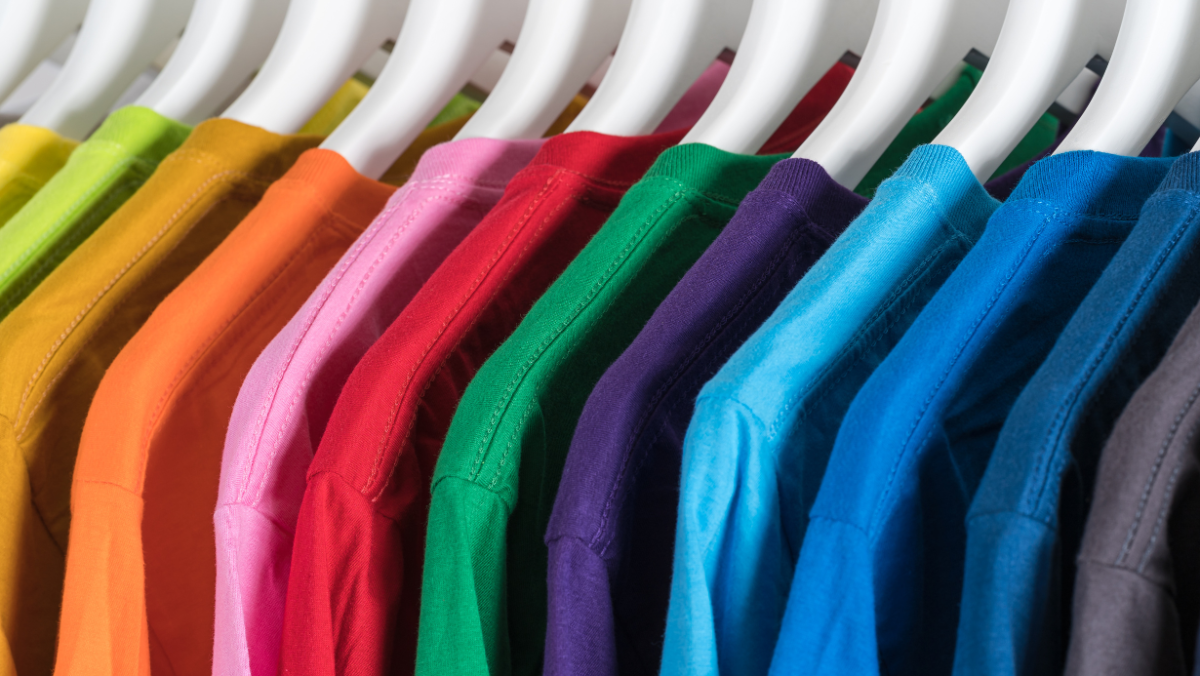Dapper gentlemen, does dashing down the street in your daily attire feel drab or dull? It’s time to set a new standard for your style, to take your threads from mundane to magnificent. Understanding the art of men’s dress clothes can transform you into the smart, sophisticated man you’ve always aspired to be. From choosing the right suit to perfecting the art of accessorizing, let’s embark on this exciting exploration together.
What’s first on the agenda? Body type and wardrobe basics – pivotal points that could revolutionize your style. Ready to transform your look?
Understanding Your body type
Before diving into men’s dress clothes style, it’s crucial to understand your body type, as it significantly influences how clothes fit and look on you. There are generally five body types: rectangle, triangle, rhomboid, inverted triangle, and oval. You’ve got to determine which category you fall into.
If you’re a rectangle, your shoulders and waistline are about the same width. You’ve got a straight body line, and most clothes will likely fit you well.
If you’re a triangle, your waist is broader than your shoulders. It’s best to opt for clothes that add width to your upper body to balance out your proportions.
On the other hand, if you’re an inverted triangle, your shoulders are broader than your waist. Clothes that add volume to your lower body would suit you.
For rhomboids, the shoulders are wider but not as drastically as the inverted triangle. Clothes that accentuate your waistline and chest would look good on you.
Lastly, if you’re oval, your waistline is wider than your shoulders and hips. Clothes that create an illusion of a longer torso would be your best bet. Understanding your body type is the first step towards mastering men’s dress clothes style.
Essential wardrobe staples
Diving into your wardrobe, it’s essential to identify the staples that form the core of men’s dress clothes style. The first must-have item is a crisp, white button-down shirt. It’s versatile, timeless, and pairs well with anything from denim to a suit jacket.
Next, consider investing in a couple of high-quality polo shirts. They’re perfect for those days when you’re aiming for a casual yet polished look. Choose neutral colors like black, navy, or grey to ensure they’re easily paired with other items in your wardrobe.
An essential item you can’t overlook is a pair of well-fitted dress pants. Look for a cut that flatters your body type and a color that complements your shirts. And don’t forget a pair of classically-styled dress shoes. They’re the linchpin that brings your look together.
Lastly, you’ll need a versatile blazer. It can dress up a pair of jeans or complete a formal outfit. Select a classic color like navy or charcoal for maximum versatility.
The art of suiting up
Building on the foundation of your wardrobe staples, let’s now master the art of suiting up. This is more than just throwing on a suit; it’s about understanding how to make it work for you.
Firstly, fit is crucial. You should feel comfortable and look sharp. The shoulders of the suit jacket should align with yours; a poor fit here can’t be altered. The jacket should button comfortably without pulling, and the sleeves should end where your thumb begins. Your trousers should sit at your waist, not your hips, and break just above your shoes.
Next is the fabric. Wool is a classic choice, offering breathability and durability. However, consider the season; lighter fabrics like linen work best in the summer, while heavier tweeds are great for winter.
Mixing and matching basics
Once you’ve mastered the art of suiting up, it’s time to get creative with mixing and matching your basics. This isn’t about haphazardly throwing together any old pieces. It’s about understanding color, fit, and fabric to create a cohesive look.
Color is key. You can stick to neutrals like black, white, and gray for a classic look. Or you can experiment with bolder hues. Just remember to balance. If you’re sporting a bright shirt, pair it with a darker suit.
Fit is crucial. Your clothes should flatter your body, not swallow it or squeeze it. Don’t be afraid to get your clothes tailored. A well-fitted suit can elevate a basic ensemble.
Fabric matters too. Mixing textures adds depth to your outfit. Pair a wool blazer with a crisp cotton shirt, or a silk tie with a matte suit.
But don’t forget balance. It’s easy to go overboard when mixing and matching. The key is to create harmony. If you’re rocking a patterned tie, keep the rest of your look simple.
Accessorizing like a pro
After nailing the basics of mixing and matching your clothes, it’s time to add the finishing touches with the right accessories.
Remember, accessories aren’t just adornments; they’re statements. They tell a story about your personality, taste, and style. A well-chosen tie, watch or pair of cufflinks can elevate your look from ordinary to outstanding. But beware, overdoing it can easily tip your look into the realm of gaudy.
Start with a classic wristwatch. It’s not just about timekeeping, but also about style. Leather or metal, choose one that suits your overall look. Next, consider cufflinks for a formal setting. They’re small but can make a big difference. Similarly, a subtle tie bar not only keeps your tie in place but adds a touch of class.
Don’t forget about your feet. A smart pair of socks can add a splash of color and personality. Lastly, remember your belt and shoes should match in color. This simple rule can pull your entire look together.
In the world of men’s fashion, it’s the little details that make a big difference. So, accessorize like a pro and stand out from the crowd.
Conclusion
So, you’re now equipped to be the dapper gentleman you’ve always aspired to be. You know your body type, have your wardrobe staples sorted, can suit up like a pro, mix and match basics, and even accessorize to perfection. Remember, dressing well is a form of self-respect.
So, go out there, showcase your style, and let the world admire your refined fashion sense.
After all, a well-dressed man is always in style.










